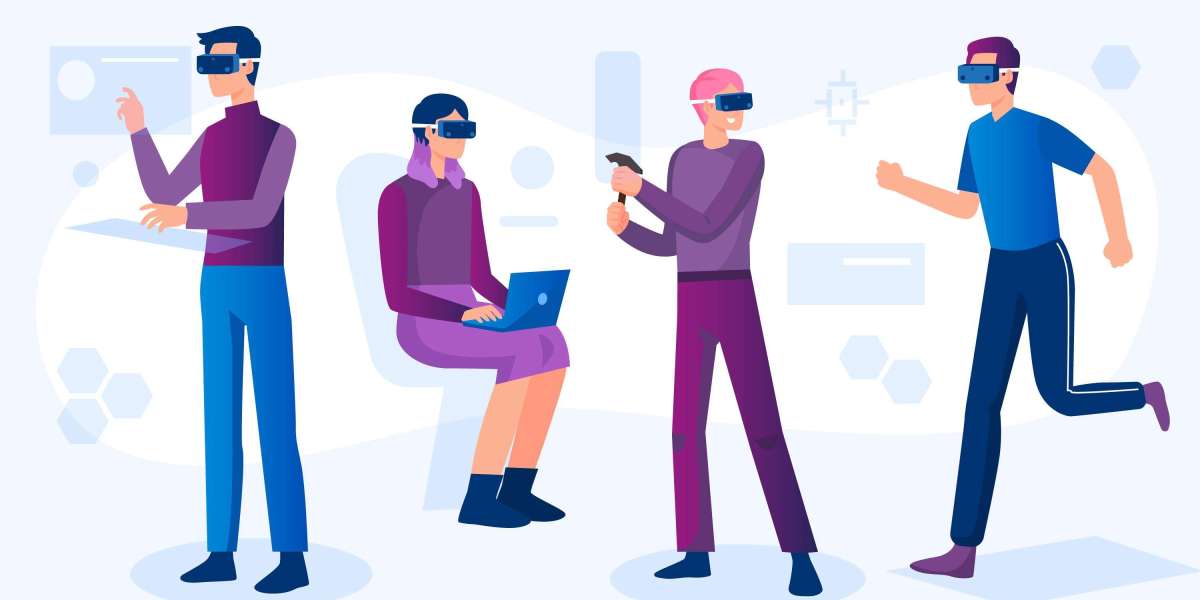Therapy and rehabilitation are vital components in addressing various physical, mental, and emotional conditions. Over the years, professionals in these fields have continuously sought innovative approaches to enhance their effectiveness. One such avenue that has gained significant attention is the integration of audio-visual installations into therapy and rehabilitation settings. This blog delves into the multifaceted benefits, applications, and considerations surrounding the use of audio-visual installations in therapeutic and rehabilitation contexts.
Understanding Audio-Visual Installations
Audio-visual installations encompass a broad spectrum of technologies and techniques designed to engage individuals through sensory stimulation. These installations typically involve the use of visual displays, such as screens or projectors, accompanied by audio components, including speakers or headphones. The combination of visual and auditory stimuli creates immersive experiences that can captivate attention, evoke emotions, and facilitate learning and engagement.
Applications in Therapy and Rehabilitation
The integration of audio-visual installations in therapy and rehabilitation settings offers numerous potential applications across various domains:
Physical Rehabilitation: In physical rehabilitation, audio-visual installations can be used to create interactive environments that encourage movement and exercise. Virtual reality (VR) systems, for example, provide immersive experiences that simulate real-world scenarios, allowing individuals to practice motor skills in a safe and controlled environment.
Cognitive Rehabilitation: For individuals recovering from cognitive impairments or neurological conditions, audio-visual installations can aid in cognitive rehabilitation. Brain-training programs, interactive games, and virtual reality simulations can help improve memory, attention, and executive functions through engaging activities.
Psychological Therapy: Audio-visual installations can also play a significant role in psychological therapy by providing tools for relaxation, mindfulness, and exposure therapy. Visualizations, guided imagery, and virtual environments can assist therapists in guiding clients through therapeutic exercises and interventions.
Sensory Stimulation: For individuals with sensory processing disorders or sensory impairments, audio-visual installations offer opportunities for tailored sensory stimulation. Immersive experiences that combine visual and auditory stimuli can help regulate sensory responses and promote sensory integration.
Benefits of Audio-Visual Installations
The incorporation of audio-visual installations into therapy and rehabilitation practices offers several key benefits:
Enhanced Engagement: Audio-visual installations capture attention and maintain engagement, making therapy sessions more enjoyable and effective.
Increased Motivation: Interactive experiences and gamified activities motivate individuals to participate actively in their rehabilitation programs, leading to better outcomes.
Customization and Adaptability: Audio-visual installations can be customized to meet the specific needs and preferences of each individual, allowing for personalized therapy and rehabilitation experiences.
Facilitated Learning: Visual and auditory cues enhance learning and retention of therapeutic concepts and skills, promoting progress and mastery.
Considerations and Challenges
Despite the potential benefits, the integration of audio-visual installations into therapy and rehabilitation settings also presents certain considerations and challenges:
Accessibility: Ensuring accessibility for individuals with disabilities, including visual or hearing impairments, is essential when implementing audio-visual installations.
Cost and Resources: Audio-visual technologies can be expensive to acquire and maintain, requiring investment in equipment, software, and training for staff.
Technical Issues: Technical glitches or malfunctions may disrupt therapy sessions and require troubleshooting, highlighting the need for technical support and maintenance.
Ethical and Privacy Concerns: The use of audio-visual installations raises ethical considerations regarding privacy, consent, and data security, requiring adherence to ethical guidelines and regulations.
Conclusion
The integration of audio-visual installations into therapy and rehabilitation practices holds great promise for enhancing the effectiveness and efficiency of interventions across various domains. By leveraging the immersive power of audio-visual stimuli, therapists and rehabilitation professionals can create engaging, personalized experiences that facilitate recovery, learning, and well-being. However, careful consideration of accessibility, cost, technical issues, and ethical concerns is crucial to ensure the responsible and ethical implementation of audio-visual technologies in therapeutic and rehabilitation contexts. Through continued research, innovation, and collaboration, the potential of audio-visual installations to transform therapy and rehabilitation holds exciting possibilities for the future.
Read More Here:- https://hackmd.io/@harrisallex4/HkV0ZqDZC







